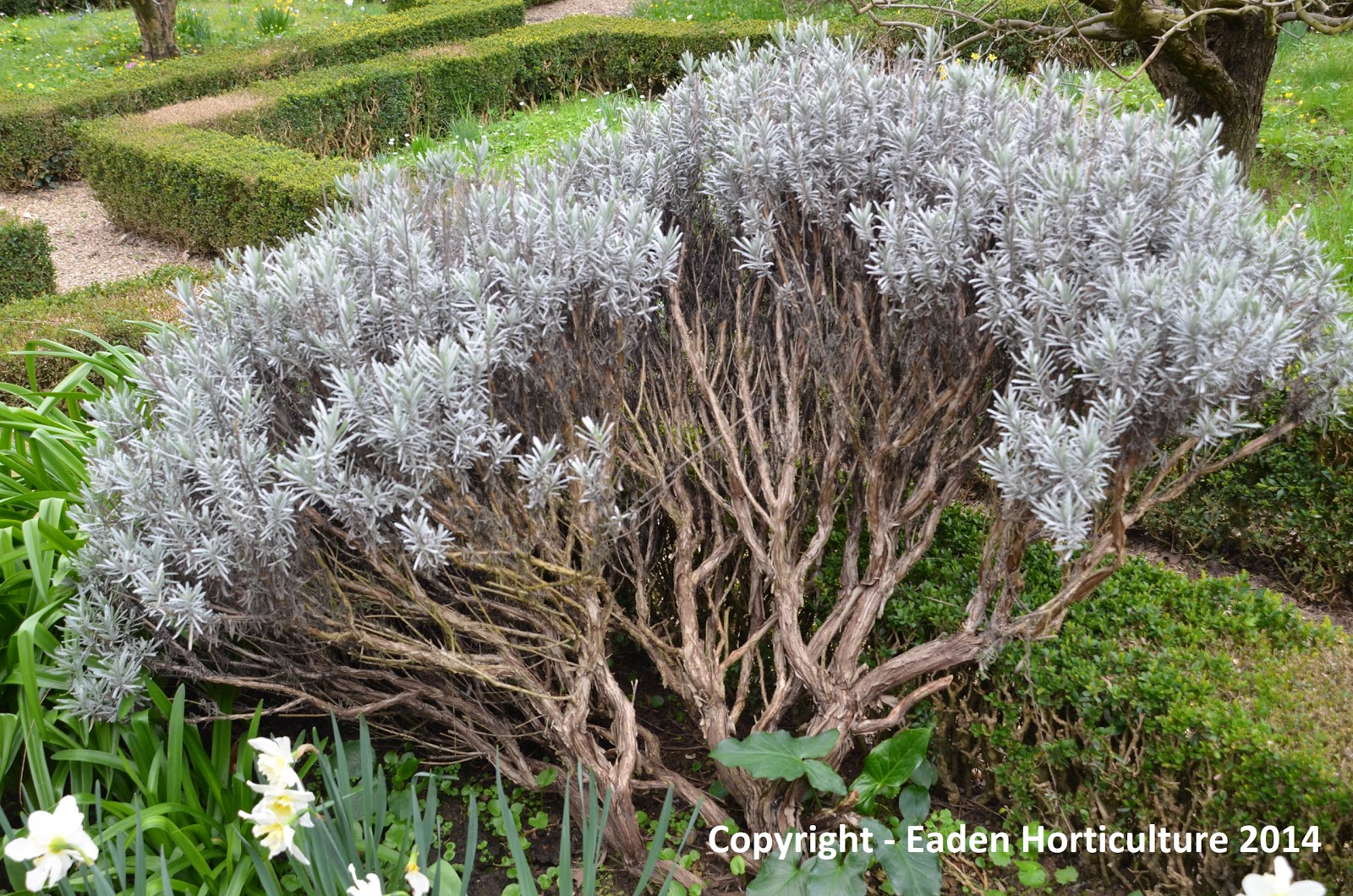Lavender plants, particular English lavender - Lavandula angustifolia and its cultivars, are known for being as tough as old boots. They can survive drought, high temperatures and suffer very little pest damage, so how is that that every now and again one gives up the ghost by kicking the bucket?*
The 'English' common name is a misrepresentation as Lavandula angustifolia is in fact native to the western Mediterranean, primarily the Pyrenees and other mountains in northern Spain.
Its origins give a clue as to why some lavenders fail. They have evolved to survive in regions with low rainfall and excellent drainage, something which they excel at.
So when they are grown in a northern European climate with its clay soils and plenty of rain, lavenders will suffer if certain considerations aren't made.
The biggest cause of lavender death is waterlogged roots, this will either be due to planting in the wrong place or, as in the case of container grown specimens, over watering. Killing with kindness really does happen!
Avoid the common mistake of planting lavender where you want them and instead place them where they will thrive. They need to receive as much sun as possible and if your soil suffers from poor drainage either improve by adding plenty of organic matter and horticultural grit, or grow it in a raised bed or container where good drainage is unavoidable.
 If you lavender is clearly on its last legs but still has a little life left in it then there are steps that can be taken to bring it back from the brink. If the garden specimen it too large to lift then you can dig a trench around the lavender to help its root-ball drain.
If you lavender is clearly on its last legs but still has a little life left in it then there are steps that can be taken to bring it back from the brink. If the garden specimen it too large to lift then you can dig a trench around the lavender to help its root-ball drain.Just avoid damaging any roots as you do buy digging the trench 6 inches beyond the circumference of the foliage. Container grown specimens can be lifted from the pot and stood on newspapers to help absorb the excess water. Do not water again until you begin to see new growth!
If you lavender does show signs of improvement then learn the lessons and either water considerably less or lift and plant your specimen in a more suitable position.
*Lavenders are not prone to damage from mixed metaphors.

